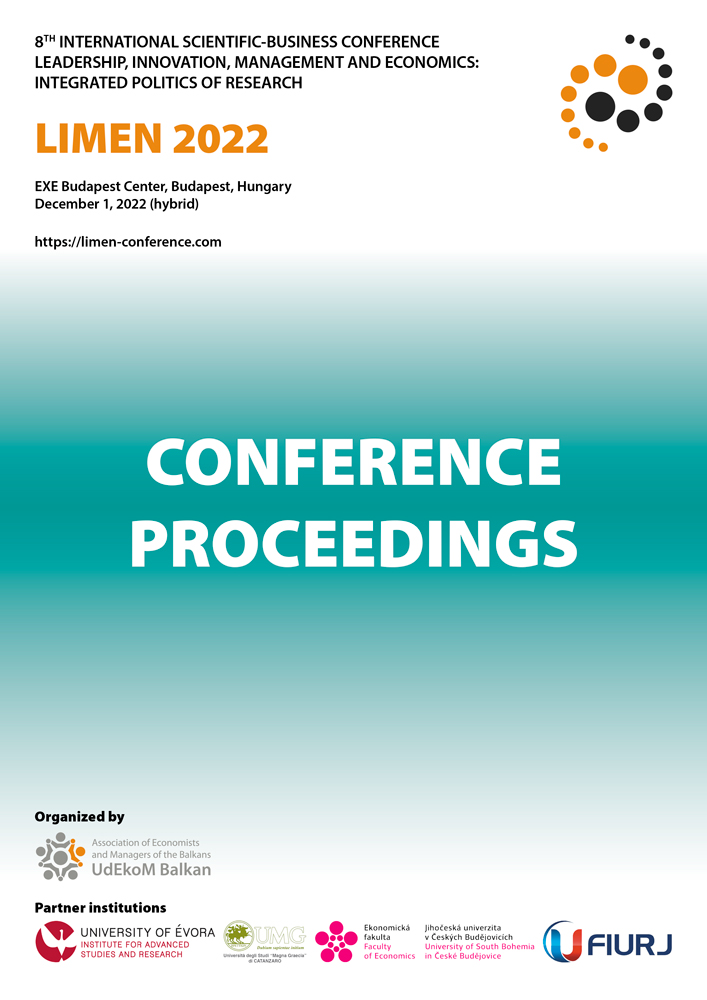Efficiency and Long-Term Correlation in Central and Eastern European Stock Indexes: An Approach in the Context of Extreme Events
in 2020 and 2022
Efficiency and Long-Term Correlation in Central and Eastern European Stock Indexes: An Approach in the Context of Extreme Events
in 2020 and 2022
Author(s): Nicole Horta, Rui Dias, Mariana Chambino
Subject(s): Social Sciences, Economy
Published by: Udruženje ekonomista i menadžera Balkana
Summary/Abstract: The analysis of the behaviour of capital markets remains a very interesting issue as it can give investors information about where to invest their money. Given the importance of measuring autocorrelation in fnancial markets, this paper aims to analyse the predictability of capital markets, namely Austria (Austrian Traded), Budapest (BUX), Bulgaria (SE SOFIX), Croatia (CROBEX), Russia (MOEX), Czech Republic (PragueSE PX), Romania (BET), Slovakia (SAX 16), and Slovenia (SBI TOP), for the period from January 1st, 2020, to May 6th, 2022. To conduct this analysis and obtain more robust results we partitioned the sample into three sub-periods: 1st wave of Covid (January 2020 to December 2020), 2nd wave of Covid (January 2021 to December 2021), and the Russian invasion of Ukraine in 2022 (January 2022 to May 2022). The results of the Lagrange Multiplier test (ARCH-LM test), show that the residuals of the autoregressive processes of the capital markets under analysis exhibit conditional heteroscedasticity. Furthermore, the BDS test fndings indicate the presence of non-linear components, implying that the hypothesis that the returns are independent and identically distributed is rejected, with a statistical signifcance of 1%, from dimension 2 onwards. Overall, the DFA exponents show that the Russian invasion of Ukraine in 2022 had a different impact on the predictability of these regional markets indicating that markets were predictable and showed pronounced long memories during the frst wave of Covid-19, while markets mostly tended towards equilibrium during the last sub-period of 2022. The authors believe that this research is crucial for policymakers and investors in Central and Eastern Europe capital markets in terms of regional development initiatives and portfolio diversifcation strategies.
- Page Range: 23-37
- Page Count: 15
- Publication Year: 2022
- Language: English
- Content File-PDF

